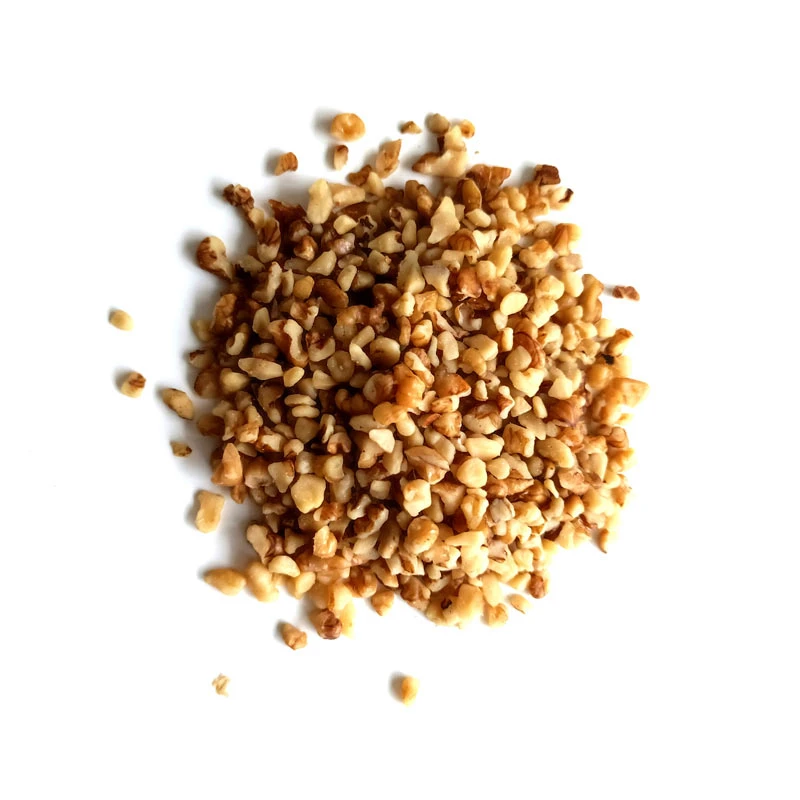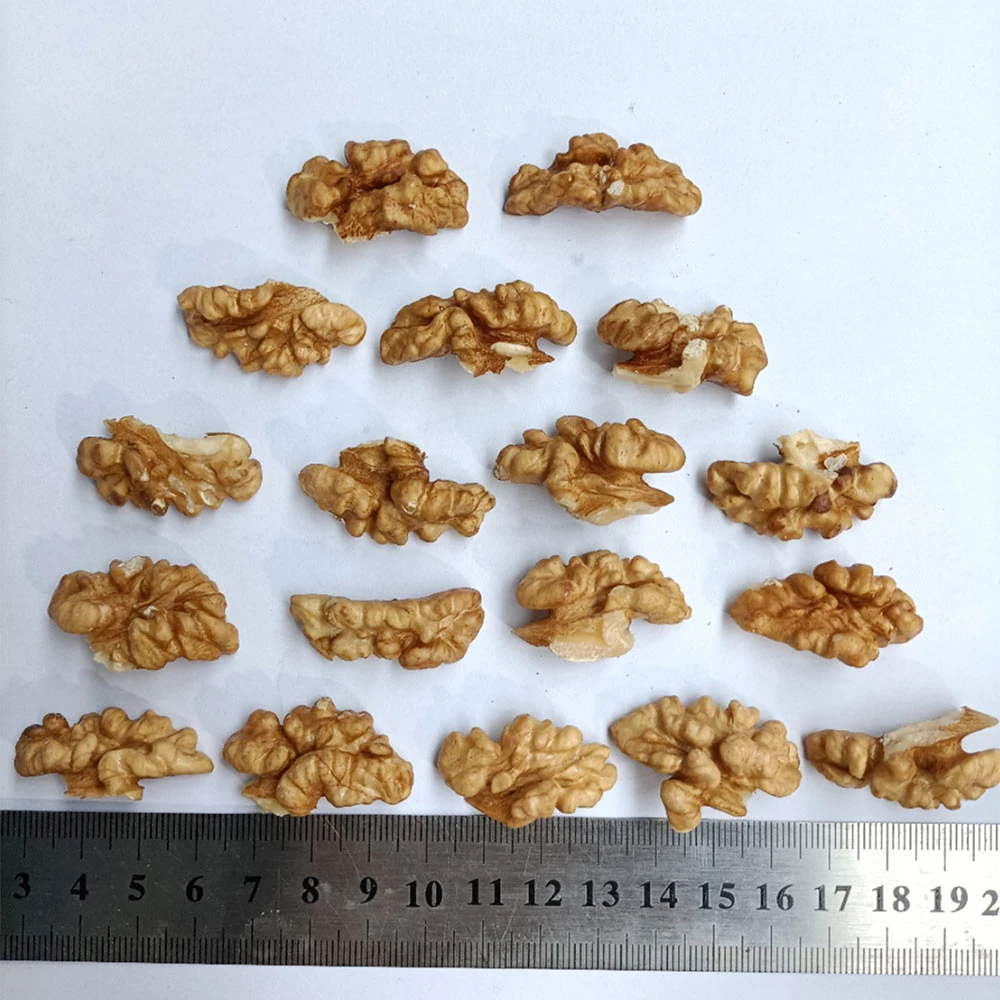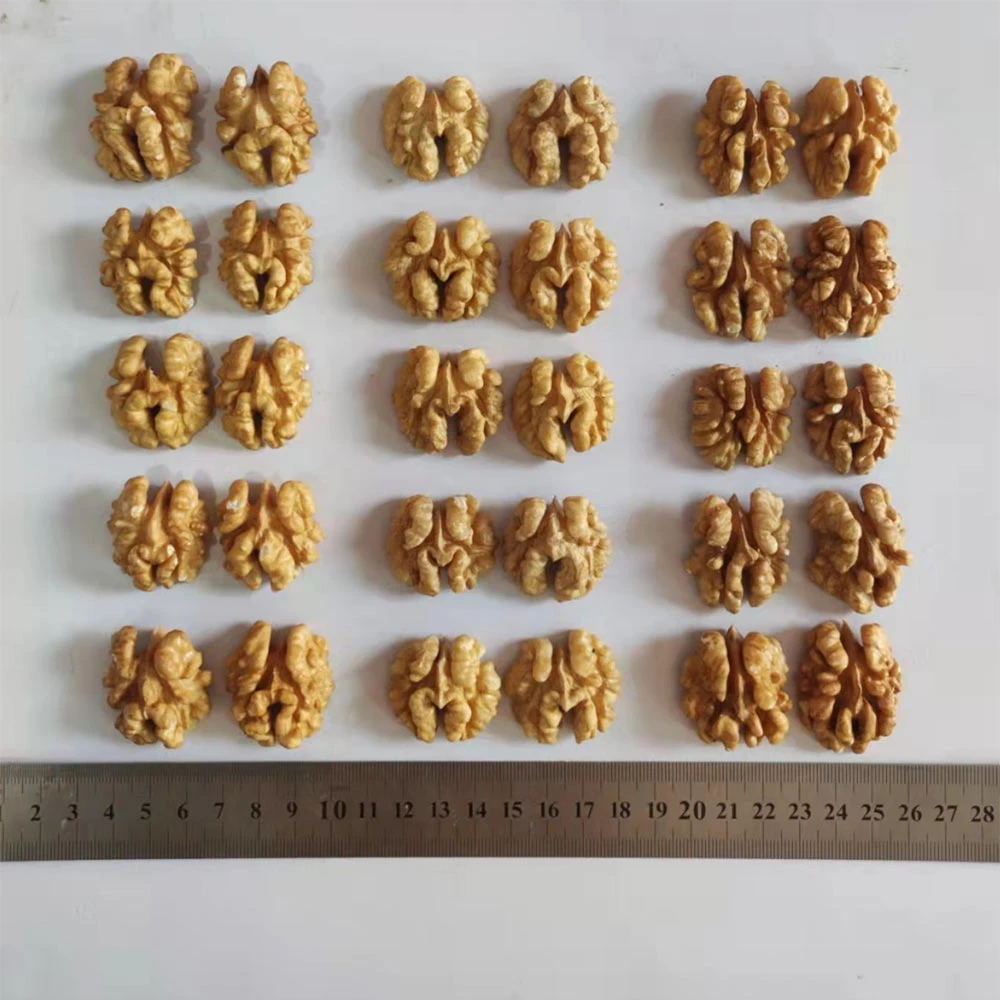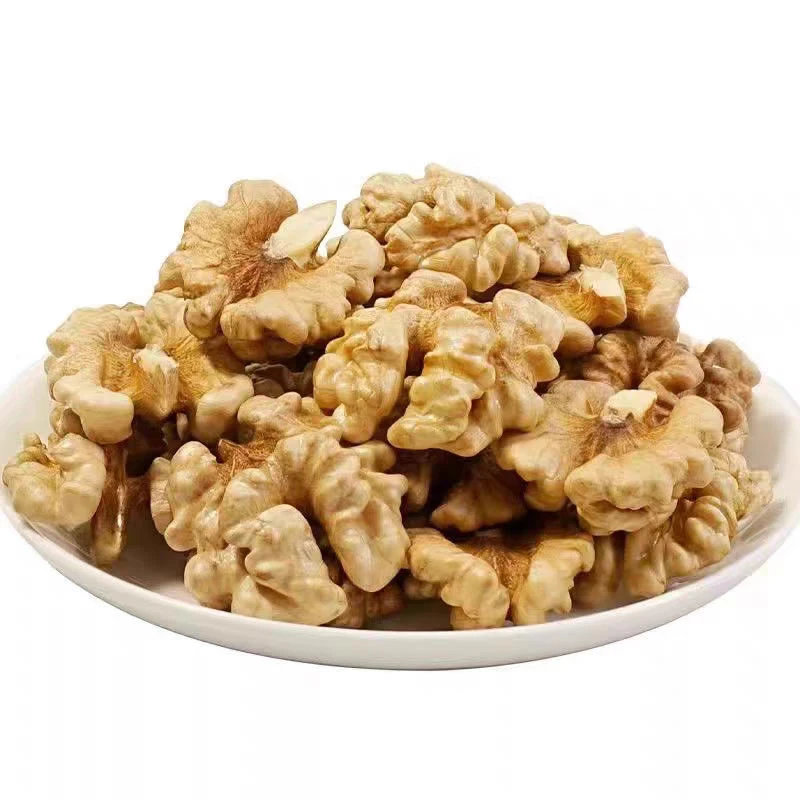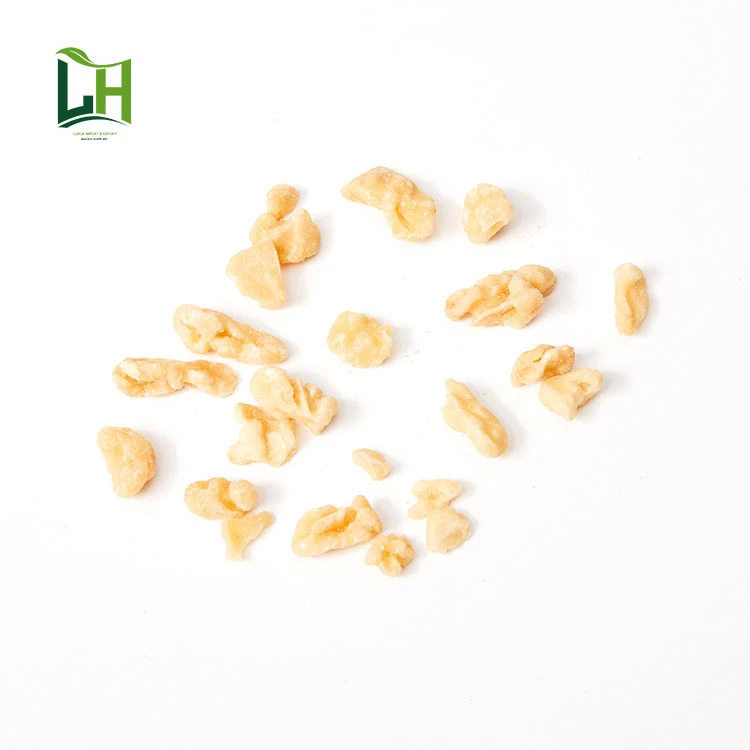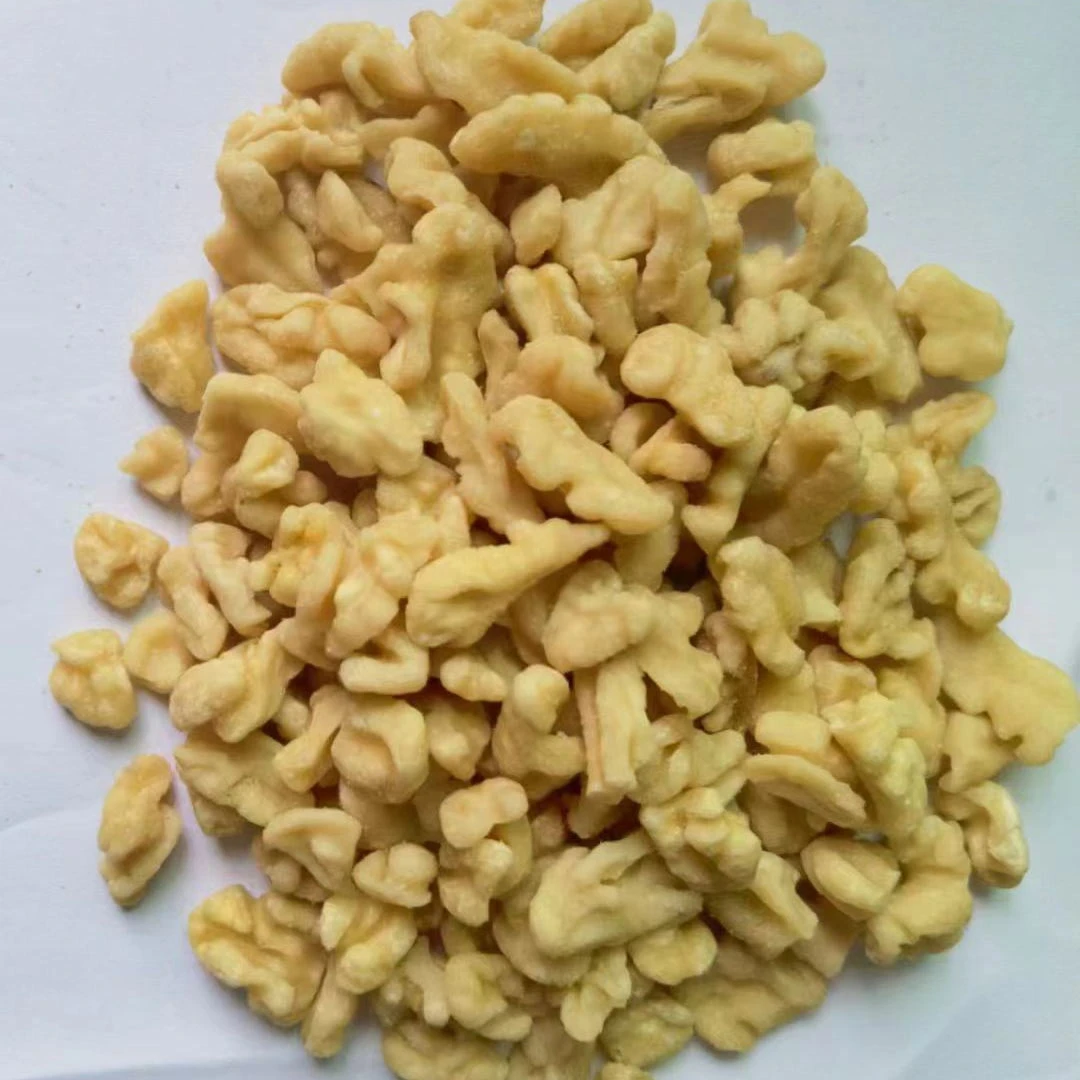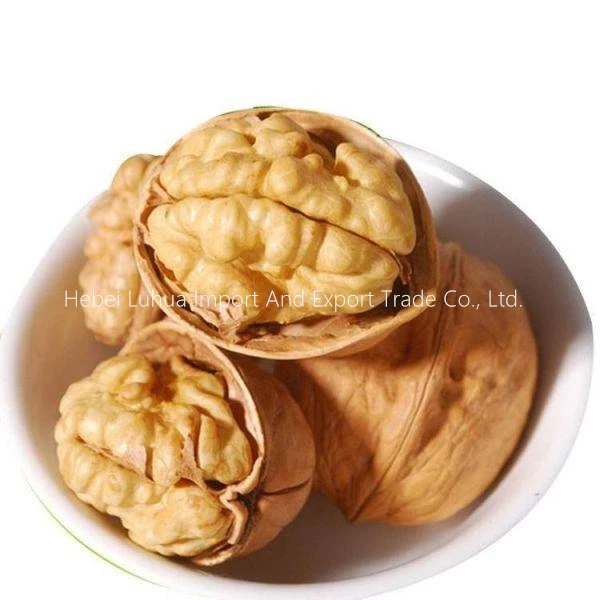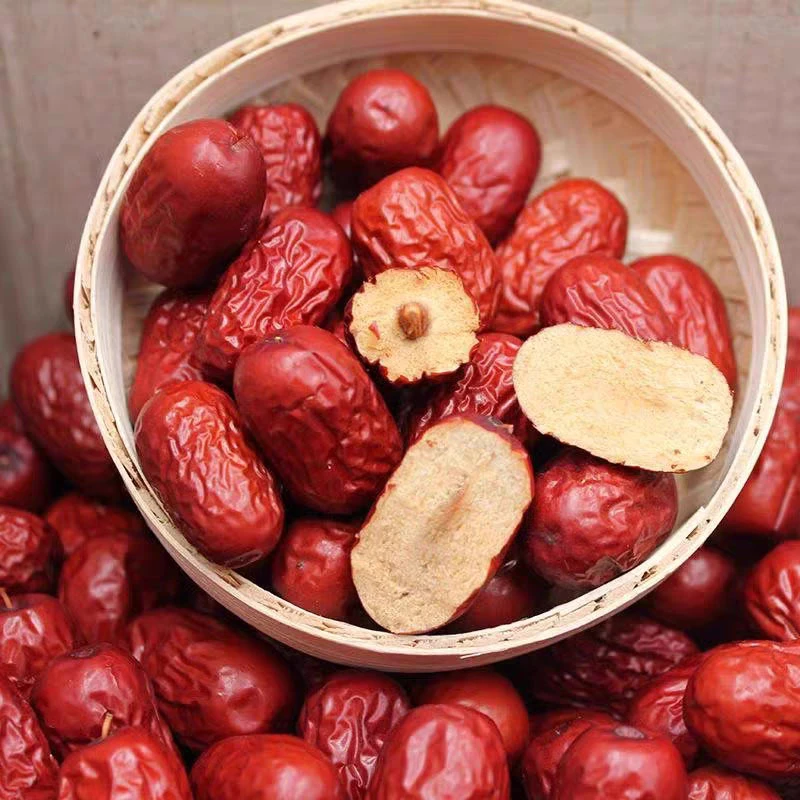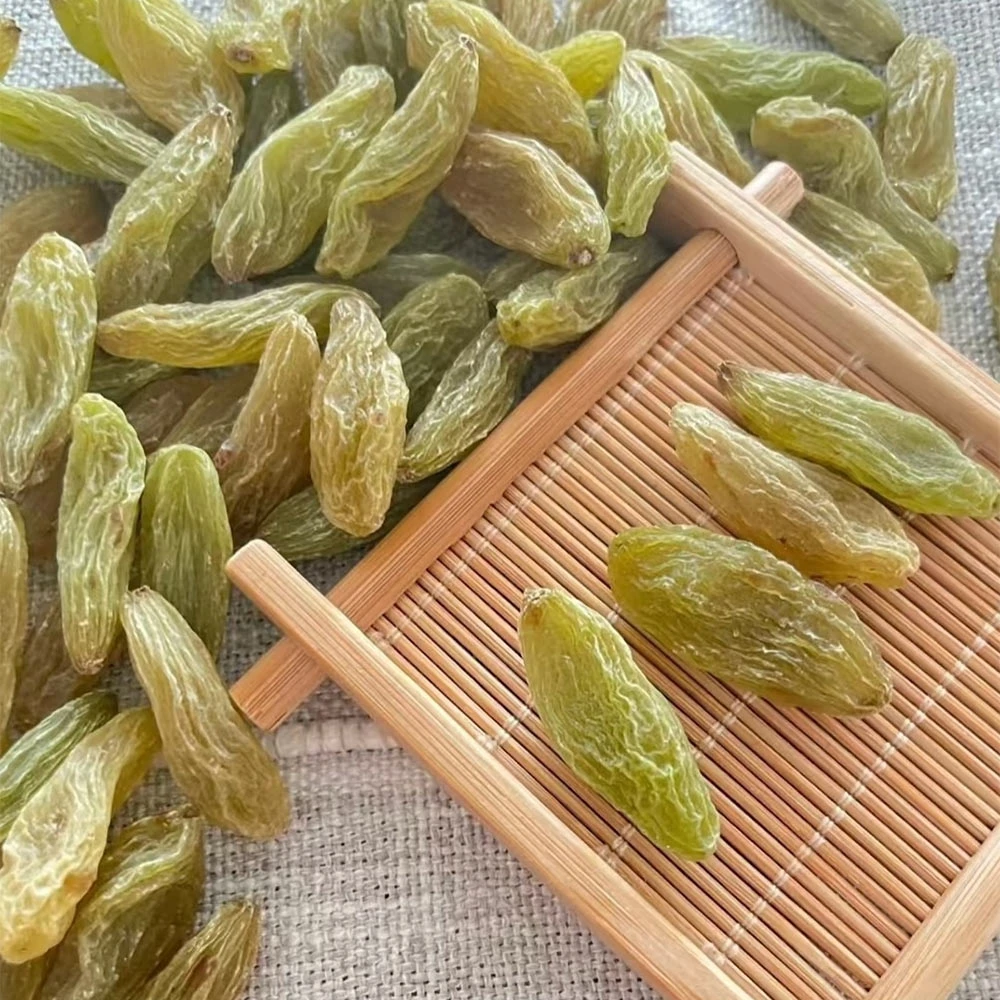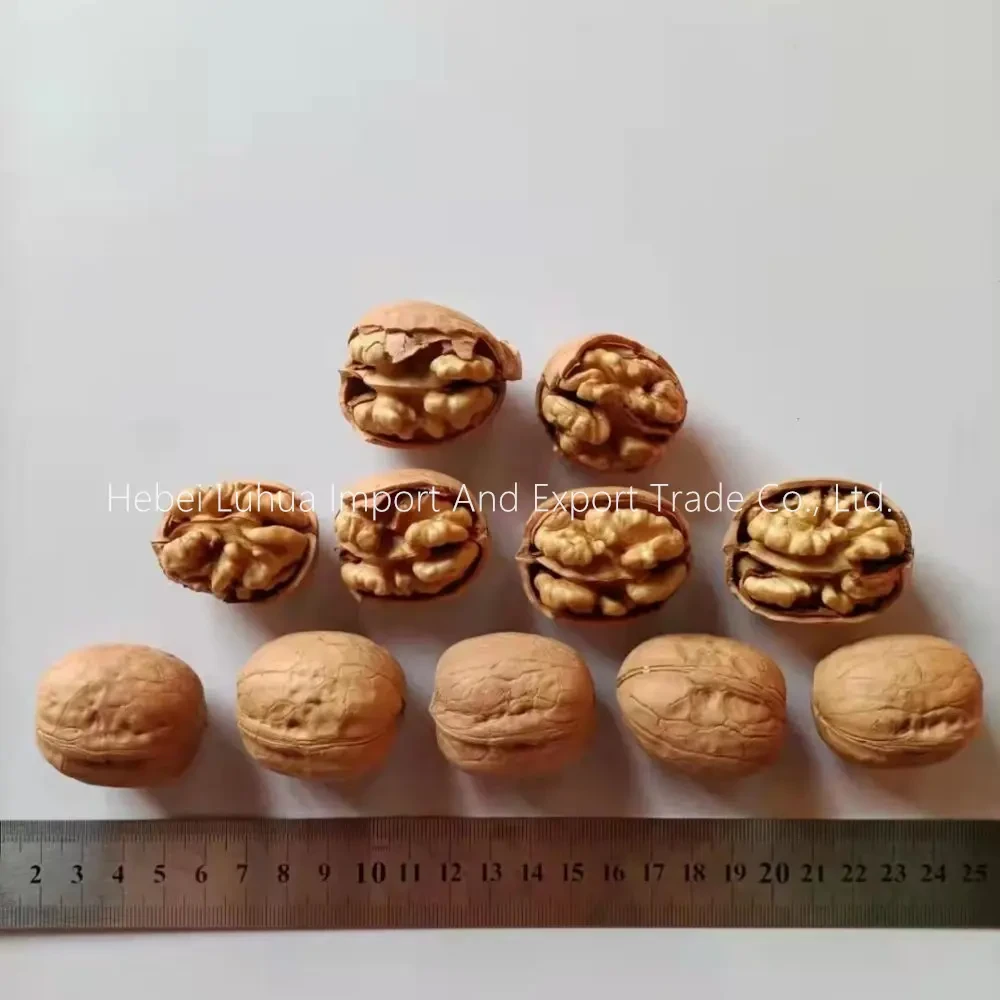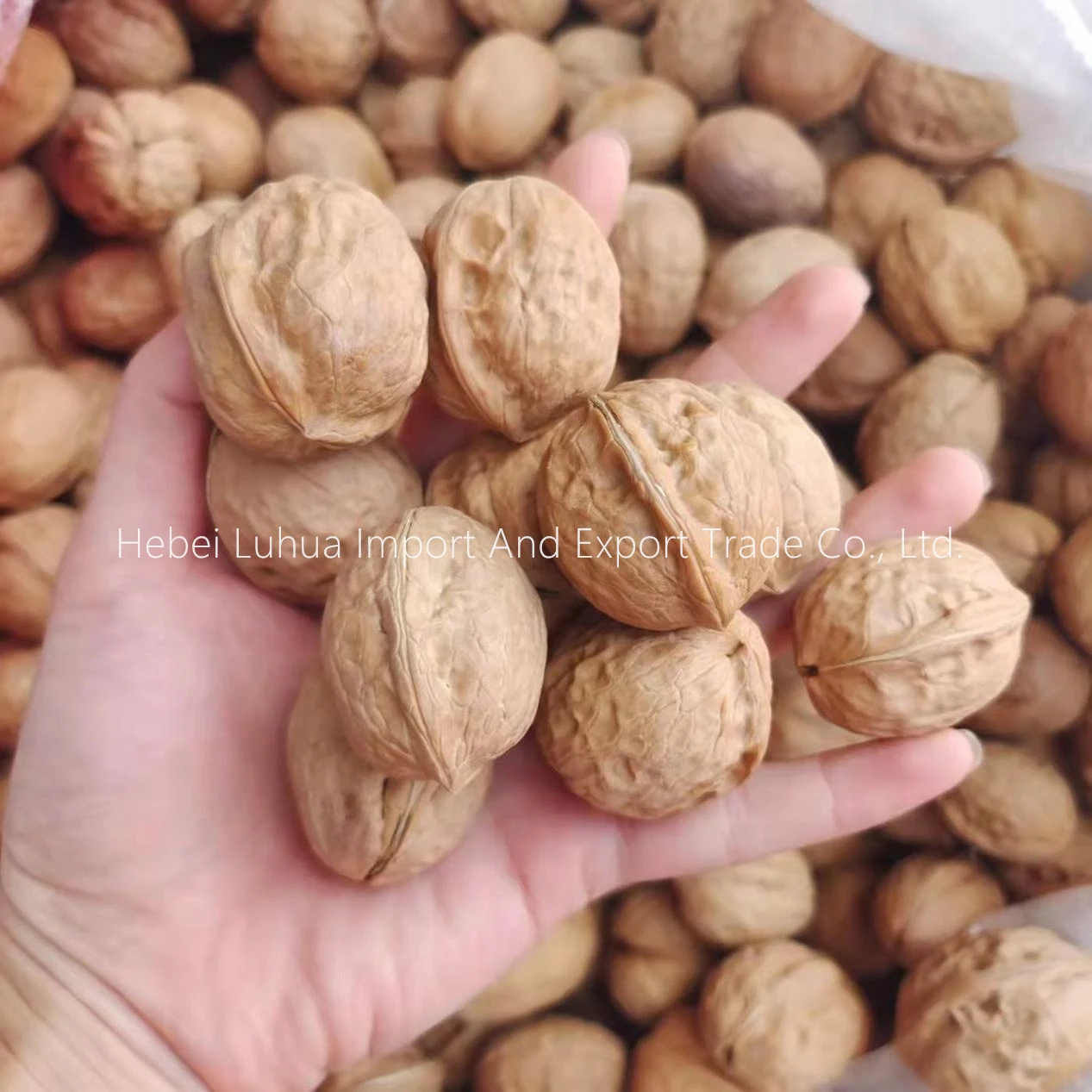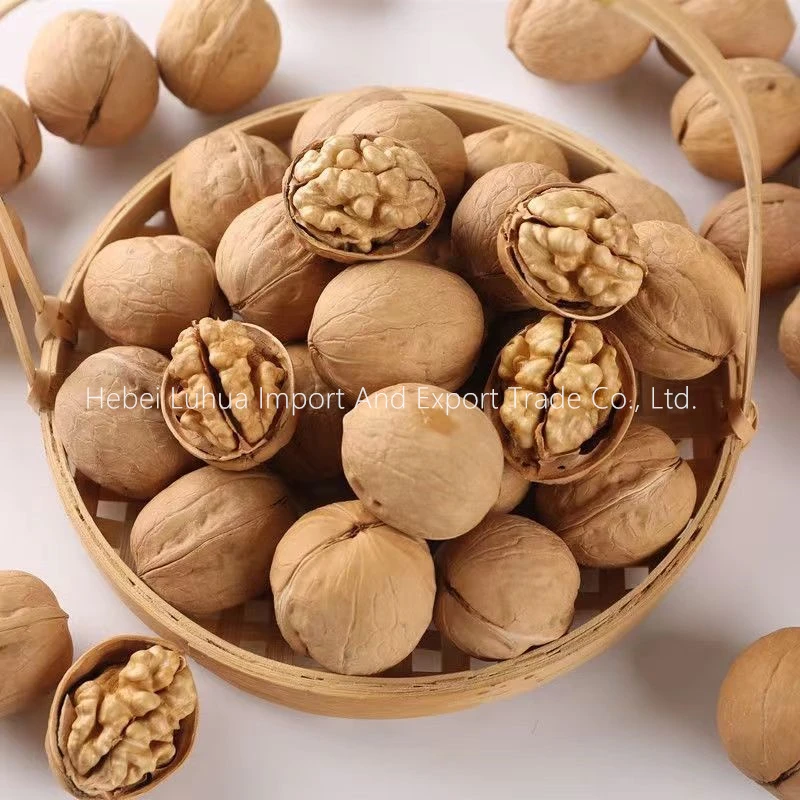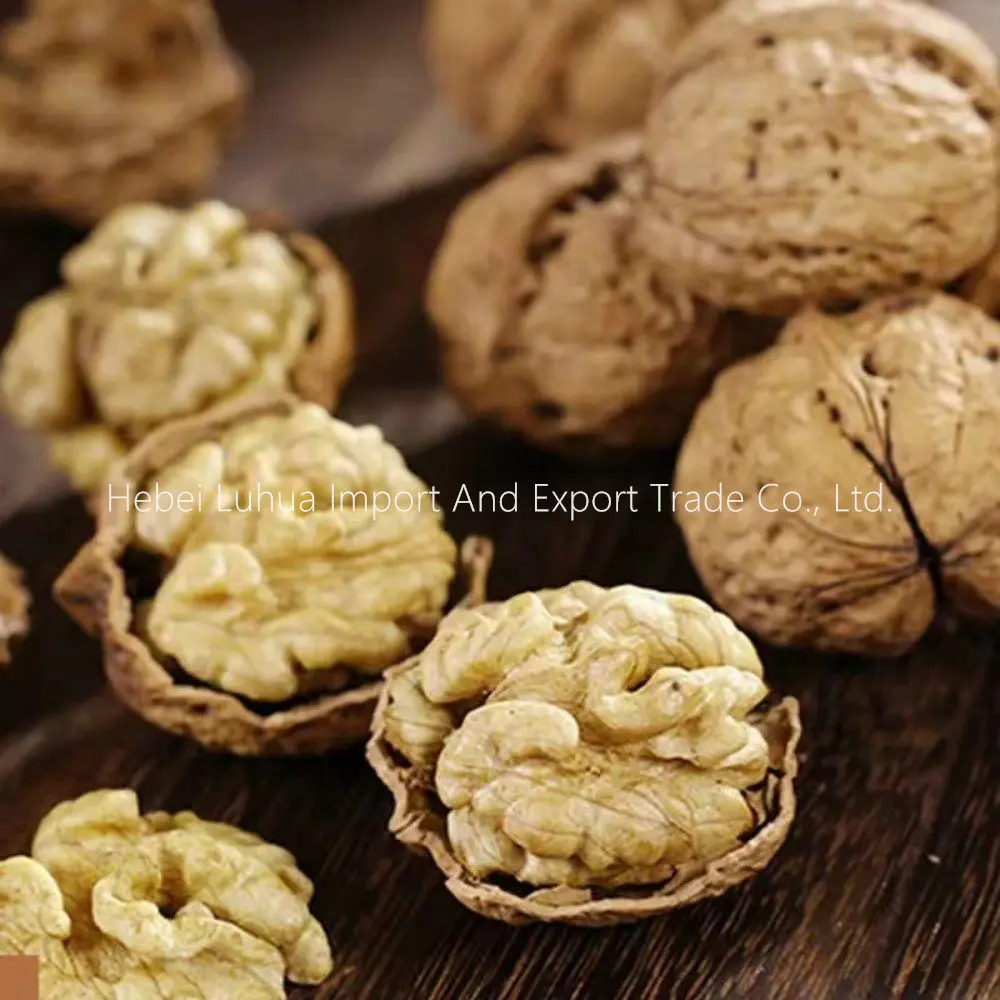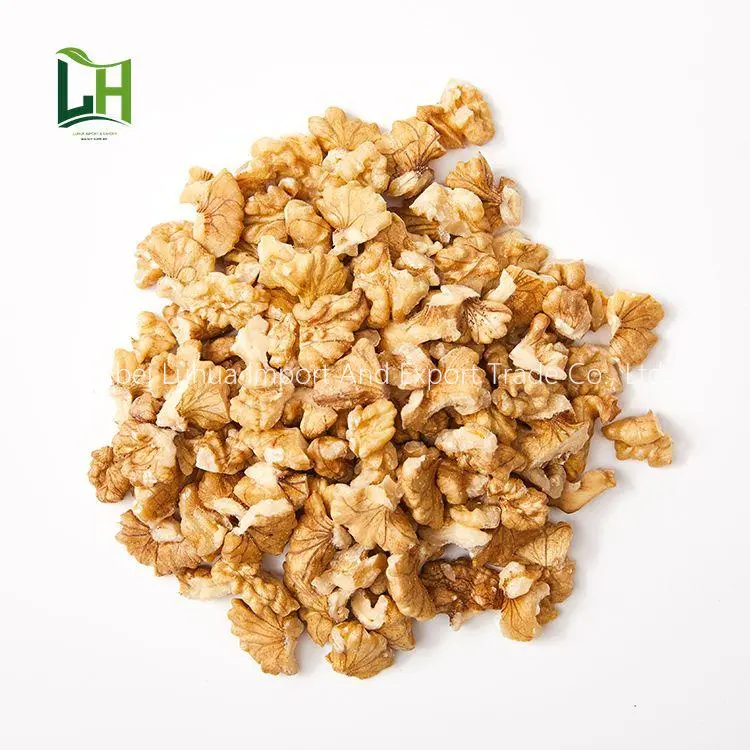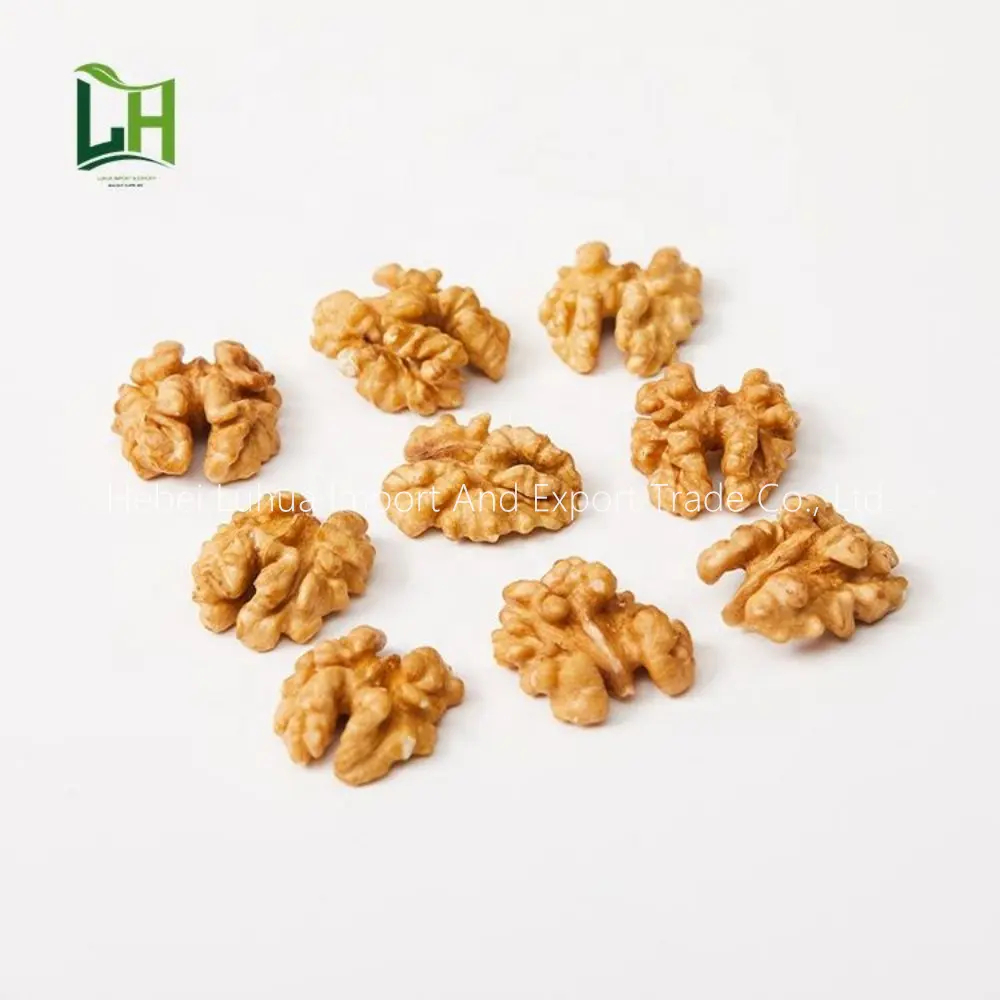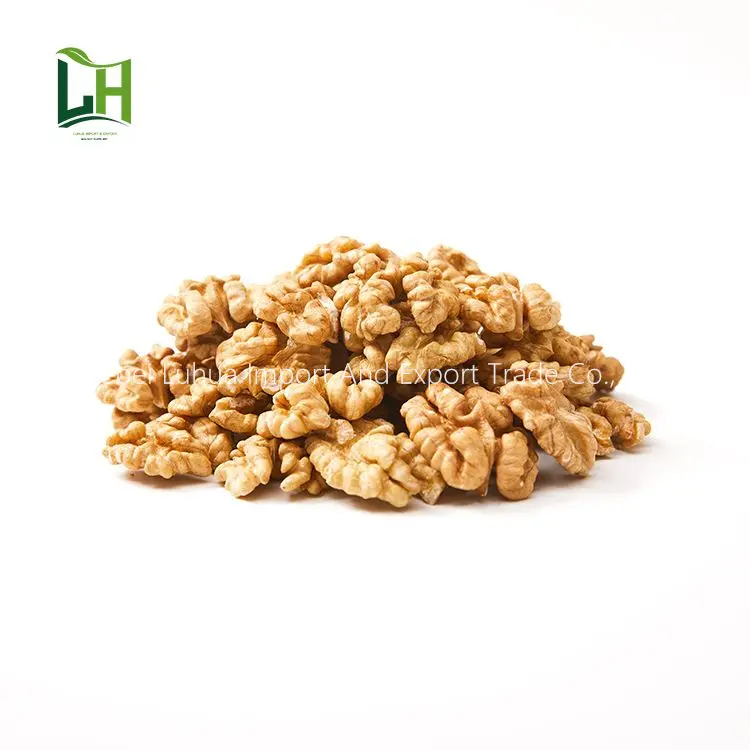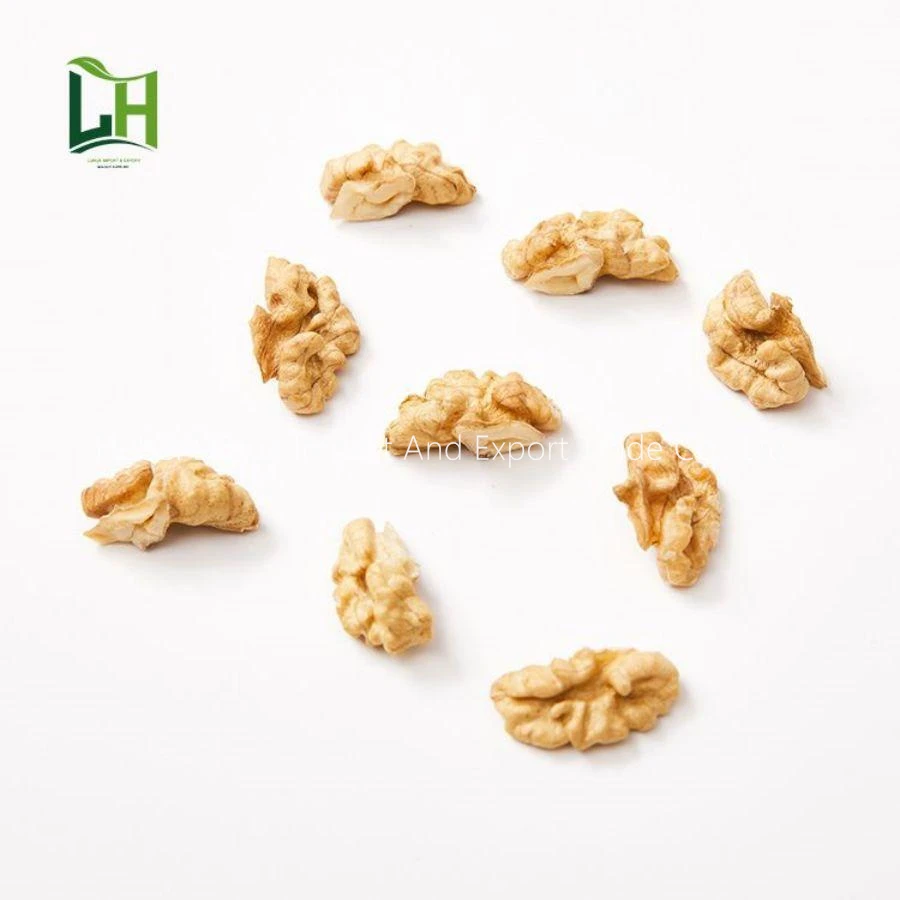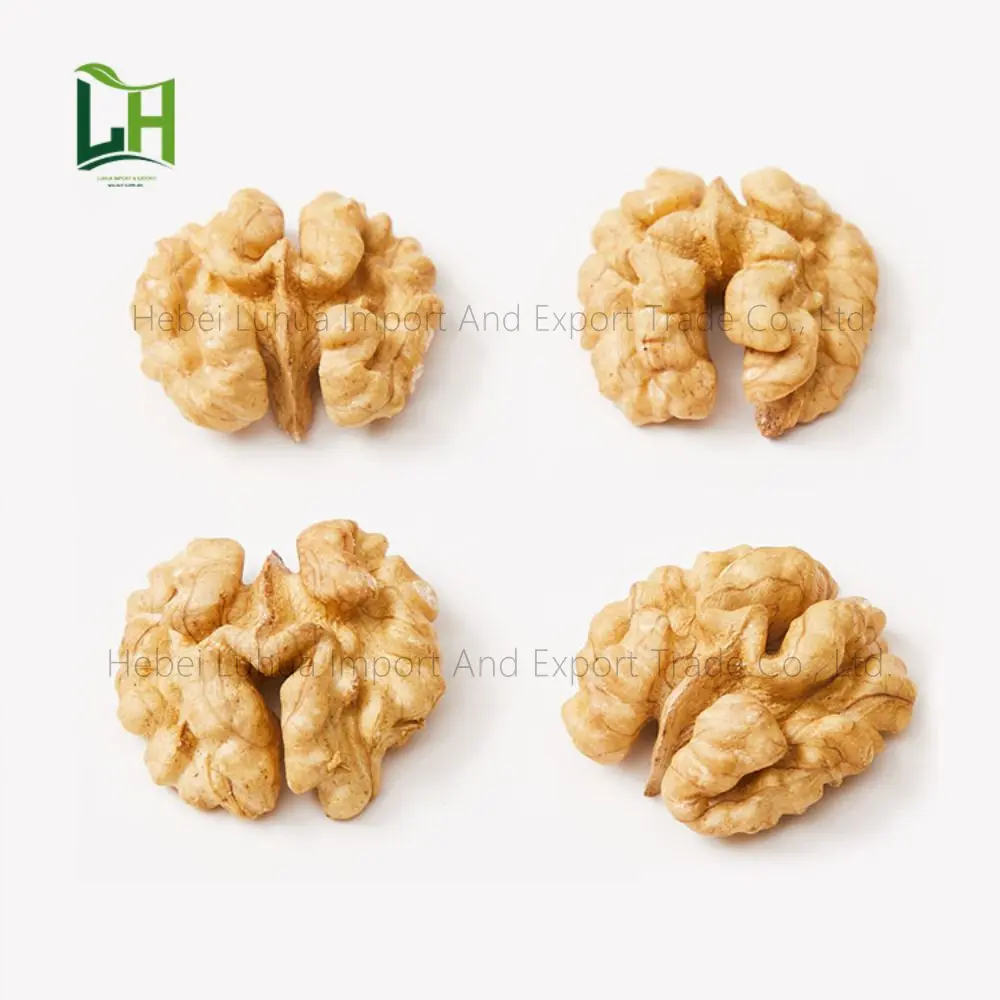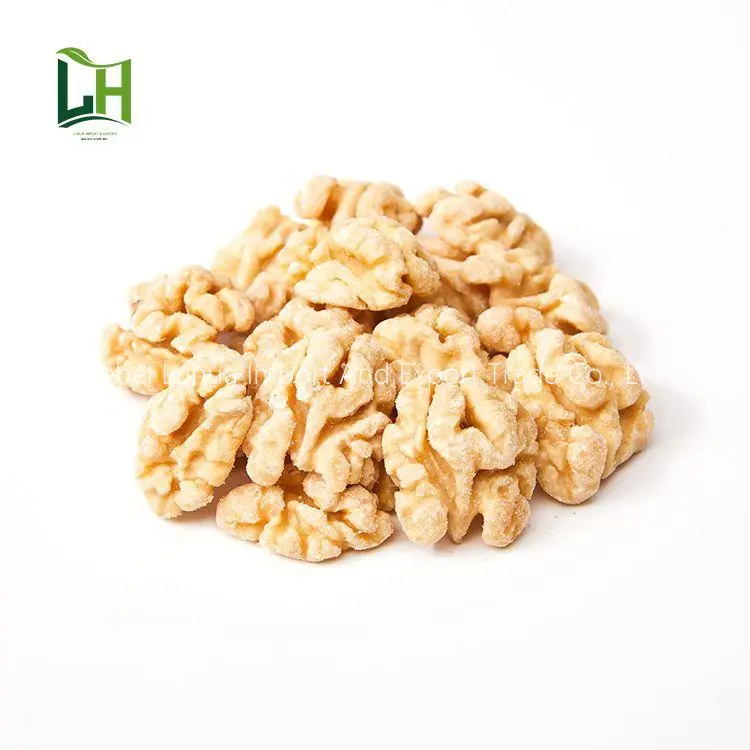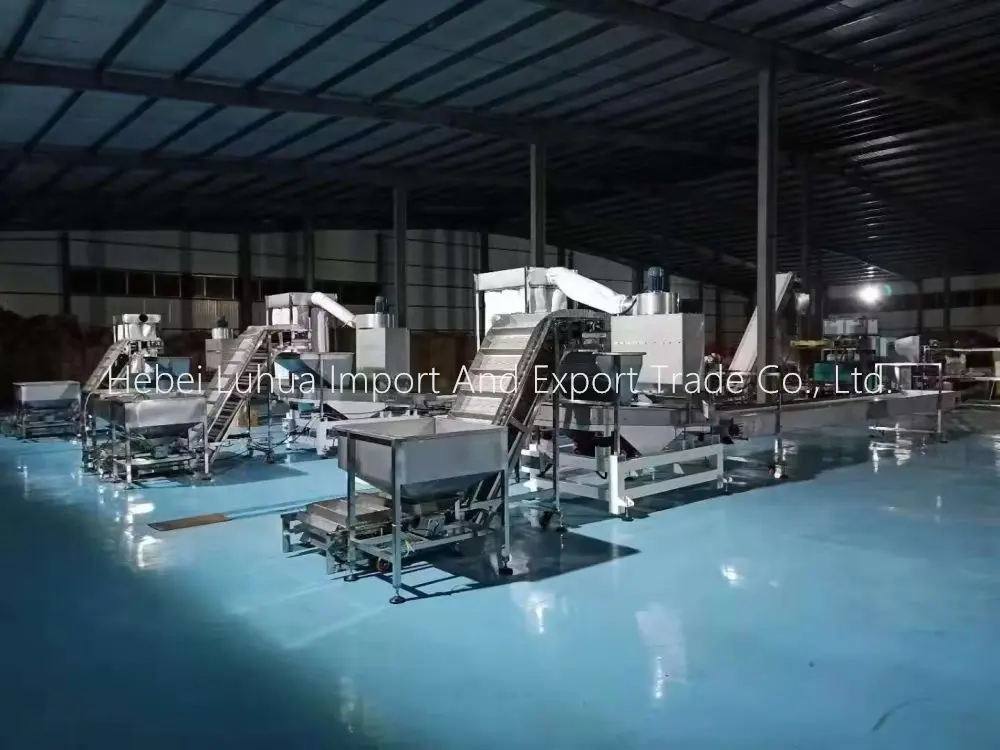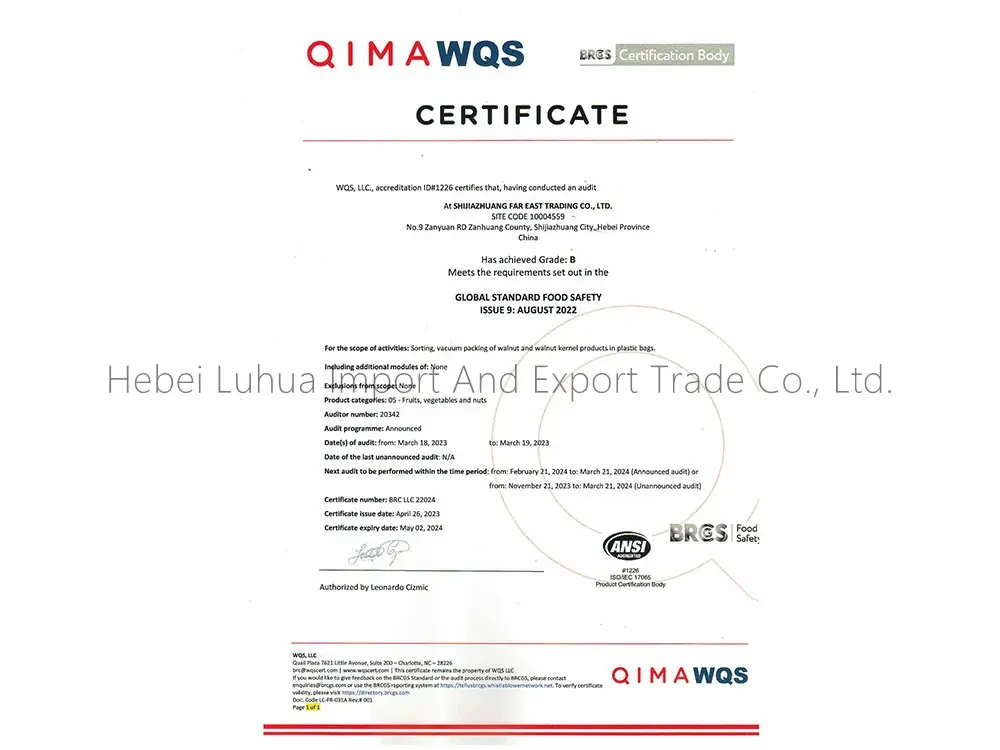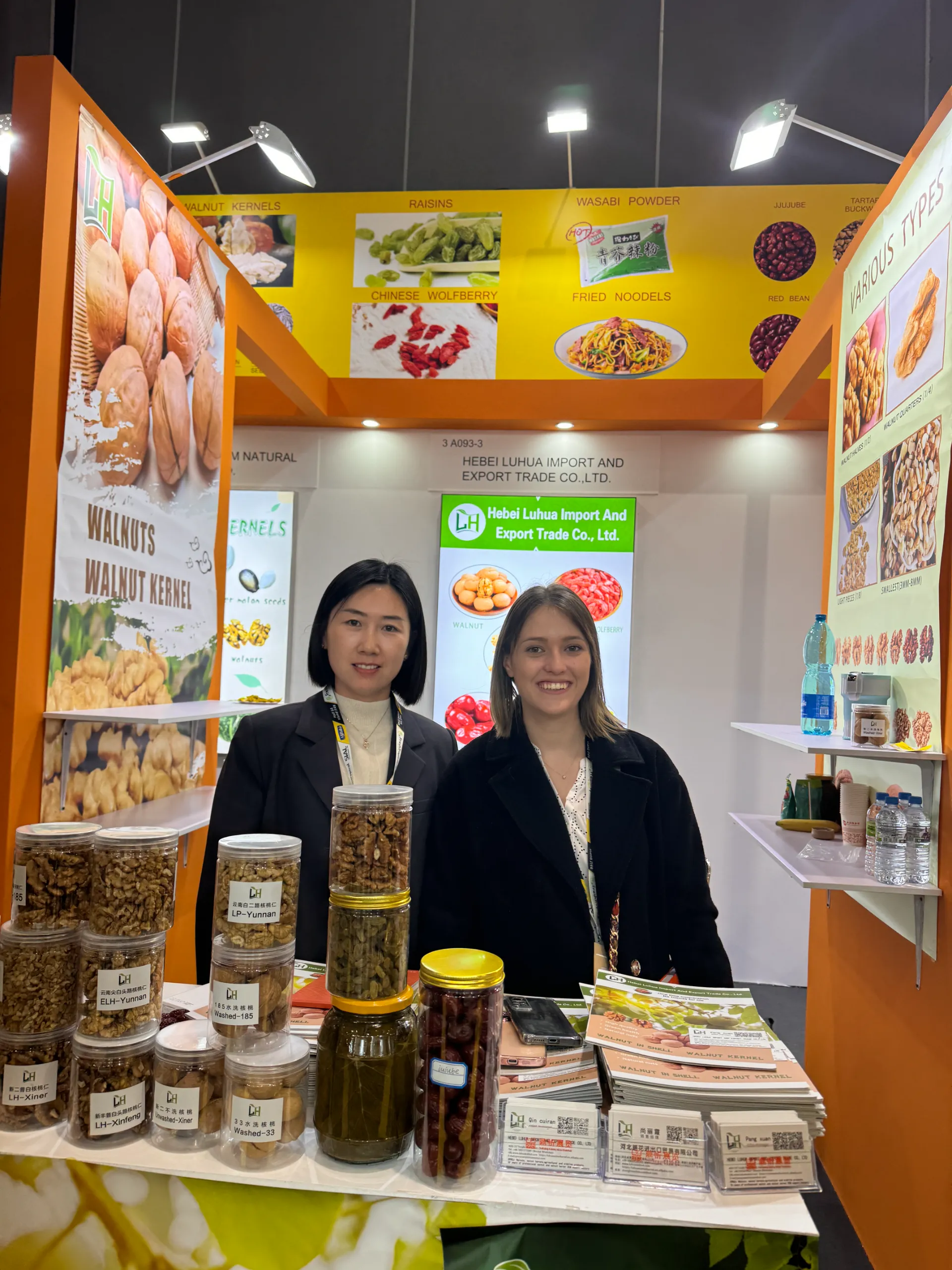- Introduction to walnut pieces
: market demand and health benefits - Production and grading of walnut halves and pieces
- Technical superiority in processing and quality control
- Bulk walnut halves and pieces: supplier comparison with data tables
- Customizable options and tailored supply solutions
- Application case studies across different industries
- Conclusion: future outlook and value of walnut pieces
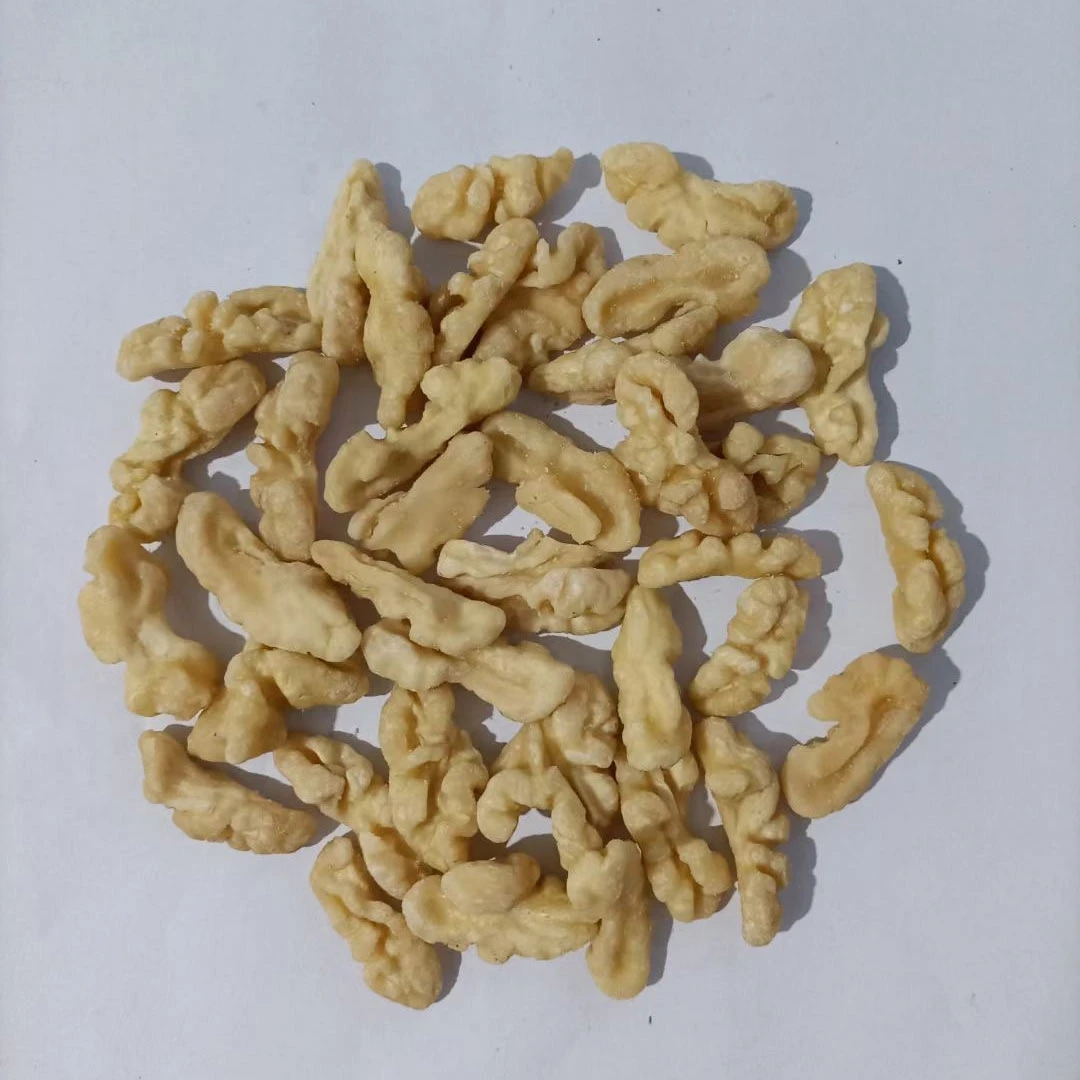
(walnut pieces)
Introduction: The Growing Value and Demand for Walnut Pieces in Modern Markets
Walnut pieces, once considered a basic baking ingredient, have transformed into a highly sought-after product thanks to the growing emphasis on nutrition and convenience. The global market for walnut halves and pieces was valued at over $7 billion in 2023, and is projected to grow at a CAGR of 7.5% through 2030. Consumer trends highlight a surge in demand for healthy, plant-based fats and proteins, positioning walnut pieces as an ideal solution for food manufacturers and retailers. With their proven heart health benefits, high content of omega-3 fatty acids (2.5g per 28g serving), and rich antioxidant content, these nuts now hold a prominent place in wholesome diets worldwide. Moreover, supermarkets and bulk distributors have noted a 30% year-on-year increase in the packaged walnut category, especially in bulk walnut halves and pieces. As sustainability and natural food sourcing rise in importance, walnut pieces provide unique value to manufacturers, bakers, and end-consumers alike.
Production and Grading Standards of Walnut Halves and Pieces
The production process for walnut halves and pieces has evolved significantly to ensure consistent quality, visual appeal, and minimal wastage. Harvest typically occurs between September and October; walnuts are mechanically hulled, washed, and dried within 24 hours to retain freshness and optimum oil content.
Once dried, the nuts are mechanically cracked and then sorted—either manually or through advanced optical sorters—into distinct grades:
- Halves: Intact nut halves, prized for visual presentation
- Halves and Pieces: A mix of large pieces and halves, suitable for applications needing a balance of appearance and bulk
- Medium and Small Pieces: Versatile for baking, snack blends, and granola mix-ins
Grading protocols consider size, color, and moisture content, with the US Department of Agriculture (USDA) specifications setting strict thresholds:
- Extra Light: Less than 5% dark pieces, ideal for high-end confections
- Light: Less than 10% dark, often used in cereals or snack bars
- Light Amber: For highly processed applications where color is less critical
Advanced Processing Technologies Ensure Consistent Quality
Walnut processing has shifted from manual crack-and-sort systems to fully automated, tech-driven lines. Sophisticated laser sorters and X-ray scanners remove shell fragments and foreign material, guaranteeing defect rates below 0.01%. Additionally, humidity-controlled storage facilities prolong shelf life and prevent rancidity. Oxygen barrier packaging, now adopted by leading walnut processors, maintains product freshness for up to 18 months.
Recent innovations include:
- Cold-pressed oil extraction for low-moisture walnut pieces, retaining flavor and nutritional value
- Steam pasteurization to minimize microbial loads without chemicals
- Blockchain traceability from orchard to shipment, enhancing food safety compliance
Bulk Walnut Halves and Pieces: Supplier Comparison and Data Insights
Selecting the right supplier for bulk walnut halves and pieces is crucial for maintaining supply chain continuity and ensuring quality compliance. The global walnut supply is dominated by regions such as California (USA), Xinjiang (China), and central Turkey. Major suppliers invest heavily in post-harvest handling and transparency initiatives.
| Supplier | Origin | Annual Capacity (MT) | Grade Availability | Certifications | Average Lead Time | Price Range (USD/MT) |
|---|---|---|---|---|---|---|
| CalNut Growers (USA) |
California | 24,000 | Halves, pieces, custom blends | USDA, BRC, Kosher, Organic | 2-4 weeks | $4,900 - $5,800 |
| Xin Natural Foods (China) |
Xinjiang | 18,500 | Halves, pieces, diced | ISO 22000, Halal, HACCP | 4-5 weeks | $3,750 - $4,500 |
| TurkShell Co. (Turkey) |
Manisa | 10,200 | Halves and pieces, amber grade | BRC, IFS, FDA | 3-5 weeks | $4,100 - $5,000 |
| Oregon Valley Nuts (USA) |
Oregon | 7,800 | Halves, pieces | GFSI, Organic | 2-3 weeks | $5,200 - $6,000 |
As seen from this comparison, California-based suppliers command a price premium for advanced certifications and consistent extra-light grade walnuts, while Turkish and Chinese suppliers compete by offering larger volumes at competitive rates, popular among bulk walnut halves and pieces buyers in confectionery and industrial bakery sectors.
Customizable Solutions for Walnut Pieces Wholesale Buyers
Meeting dynamic client requirements has driven suppliers to offer a range of custom solutions for walnut pieces. Whether food manufacturers require specific particle sizes for bar inclusions, or snack brands desire optimal oil and water activity levels, top processors provide several made-to-order options:
- Particle Size Customization: Chopping specifications from 4-7mm for toppings to 12-15mm for inclusions
- Moisture/Oil Profile: Low-moisture processing for enhanced crispness in baked goods
- Surface Treatments: Flavor-infusing, roasting, or blanching for ready-to-eat applications
- Packing Options: Bulk vacuum bags (10kg, 25kg) or consumer-ready pouches
Detailed Application Case Studies in Food Manufacturing
The versatility of walnut pieces has sparked rapid adoption in multiple food sectors. Below are real-world case studies illustrating the value and usage across various industries:
- Bakery Sector: A leading European bakery chain reduced finished product fat content by 12% by switching to premium walnut halves and pieces, achieving a 30% longer shelf life without preservatives and capturing the "natural" label positioning.
- Snack Foods: A North American granola manufacturer improved production consistency after specifying diced walnut pieces of 7-8mm, seeing a 25% reduction in batch-to-batch variation and a 15% boost in product sales due to enhanced nut visibility.
- Dairy Alternatives: An Asia-based beverage company used light-grade walnut pieces in plant-based yogurt, reporting superior taste stability and a 20% higher antioxidant profile compared to almond-based variants.
- Confectionery: Switch to ultra-light walnut halves and pieces enabled a premium chocolate brand to boost their product’s omega-3 content by 2.7g per serving, attracting new health-focused customers.
Conclusion: The Future Outlook and Lasting Value of Walnut Pieces
As demand for nutritious, traceable, and customizable food ingredients continues to rise, walnut pieces are set to maintain their value in the global supply chain. Innovations in harvest, sorting, and packing are achieving cost savings of 10–15% compared to traditional manual methods. The proven health benefits and product versatility further secure walnut halves and pieces as a staple in bulk buying programs for health-focused brands. Looking forward, continued emphasis on quality assurance, direct orchard partnerships, and data-driven sourcing will empower buyers to achieve both economic and nutritional goals. In this context, walnut pieces offer a superb combination of performance, value, and adaptability for the food industry’s evolving needs.

(walnut pieces)
FAQS on walnut pieces
Q: What are walnut pieces?
A: Walnut pieces are walnuts that have been cut or broken into smaller segments. They are perfect for baking, cooking, and snacking. These pieces provide the same nutrition as whole walnuts.
Q: How do walnut halves and pieces differ?
A: Walnut halves are larger, intact portions of the nut, while walnut pieces are smaller, broken sections. Both are commonly used in recipes and baking. The choice depends on texture and presentation preferences.
Q: How can I buy bulk walnut halves and pieces?
A: Bulk walnut halves and pieces are typically available through wholesale suppliers or specialty food distributors. You can purchase them online or from local wholesale stores. Buying in bulk can be more cost-effective for large needs.
Q: Who supplies walnut pieces wholesale?
A: Many nut distributors and food ingredient suppliers offer walnut pieces wholesale. Look for businesses specializing in nuts or bulk dried fruits. Most require a minimum order quantity for wholesale pricing.
Q: Can walnut pieces be substituted for walnut halves in recipes?
A: Yes, walnut pieces can easily replace walnut halves in most recipes. They offer the same flavor and nutrition, just in a different size. Some recipes even prefer pieces for easier mixing and texture.
Post time:Jul . 05, 2025 09:20
